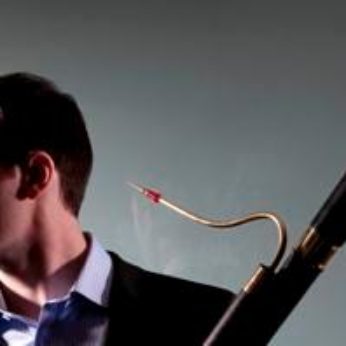Composer: Antonio Vivaldi (b. 1678 - d. 1741)
Performance date: 30/06/2011
Venue: St. Brendan’s Church
Composition Year: c1730-31
Duration: 00:09:16
Recording Engineer: Anton Timoney, RTÉ lyric fm
Instrumentation Category:Large Mixed Ensemble
Instrumentation Other: bn-solo, 2vn, va, db, lu, hpd
Artists:
Barokksolistene (Bjarte Eike [director/violin], Stefan Lindvall [violin], Torbjorn Köhl [viola], Mattias Froftenson [double bass], Fredrik Bock [lute], Hans Knut Sveen [harpsichord]) -
[baroque ensemble]
Peter Whelan -
[bassoon]

Copyright © 2025 West Cork Music. All rights reserved.
Designed and developed by Matrix Internet